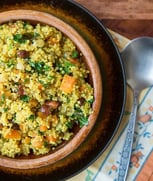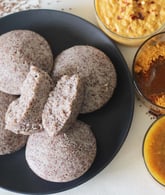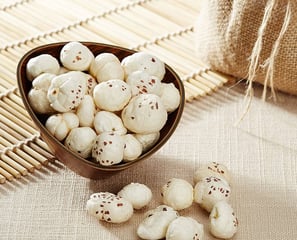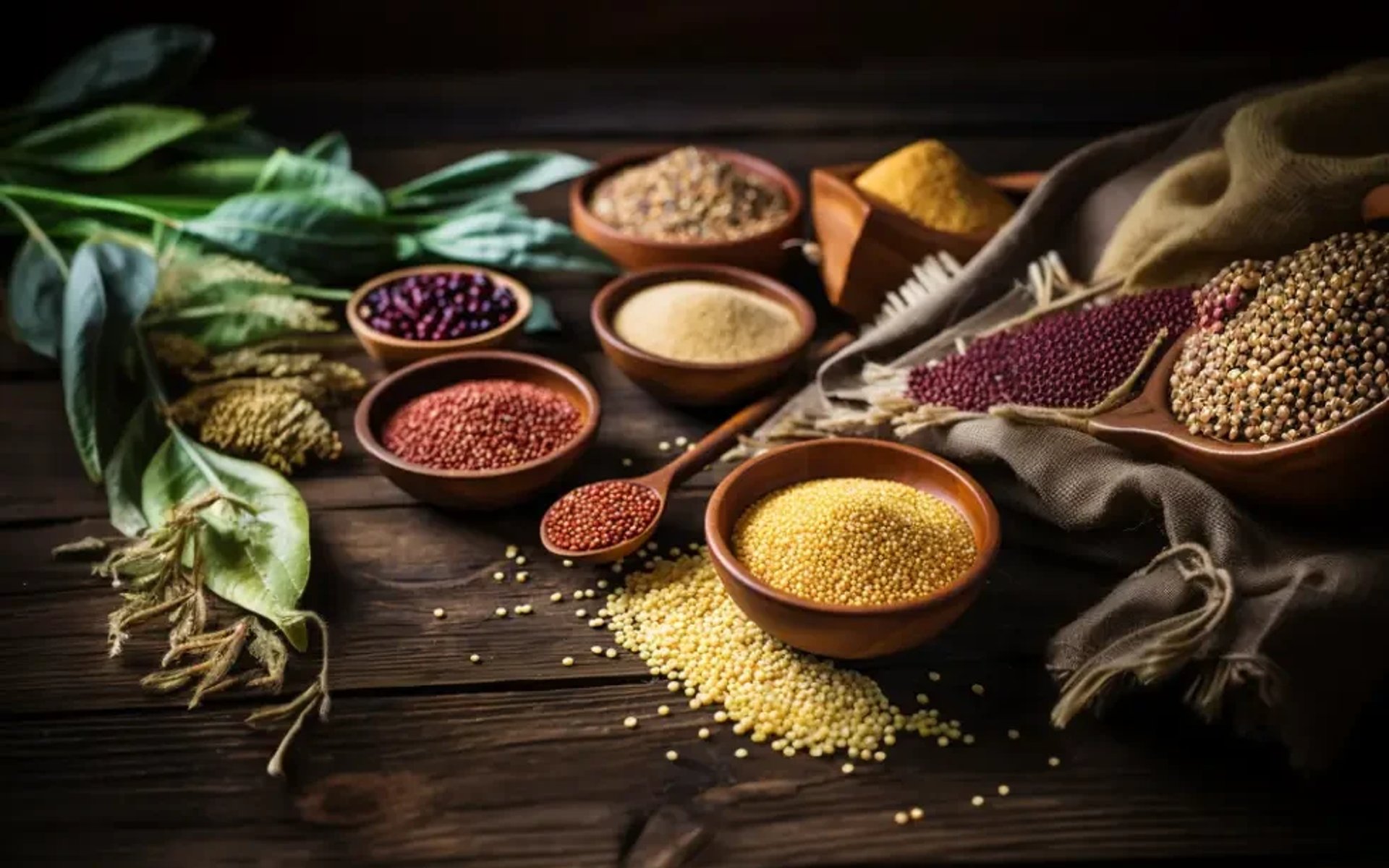
A Little History...
About Your Favorite Superfood!
Makhana has been enjoyed for centuries, treasured for its incredible health benefits and rich cultural significance.
The Nutritional and Health Benefits of Millets
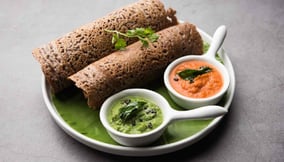





Health Benefits of Millets
1. Supports Digestive Health
Millets are an excellent source of dietary fiber, which aids in digestion, prevents constipation, and promotes a healthy gut microbiome.
2. Aids in Weight Management
The high fiber content in millets provides satiety, reducing hunger cravings and supporting weight loss efforts.
3. Regulates Blood Sugar Levels
Millets have a low glycemic index (GI), making them a suitable choice for individuals with diabetes. They help regulate blood sugar levels and improve insulin sensitivity.
4. Improves Heart Health
Rich in antioxidants, magnesium, and potassium, millets help reduce bad cholesterol (LDL), regulate blood pressure, and lower the risk of cardiovascular diseases.
5. Enhances Bone Strength
Millets, particularly finger millet (ragi), are loaded with calcium, phosphorus, and magnesium, which contribute to stronger bones and prevent osteoporosis.
6. Boosts Immunity
The presence of essential vitamins, minerals, and antioxidants in millets strengthens the immune system and helps the body fight infections.
7. Gluten-Free Alternative
Millets are naturally gluten-free, making them an ideal grain for individuals with gluten intolerance or celiac disease.
Why Millets Are Essential in Modern Diets
In the modern era, where lifestyle diseases such as obesity, diabetes, and cardiovascular issues are prevalent, incorporating millets into the diet provides a natural and sustainable solution. Unlike refined grains, millets retain their nutritional integrity and offer numerous health benefits. Additionally, their ability to thrive in arid and semi-arid regions makes them an eco-friendly and sustainable food choice.
How to Incorporate Millets into Daily Meals
Millets can be easily included in daily meals through various preparations:
Breakfast: Millet porridge, upma, or pancakes
Lunch/Dinner: Millet-based rotis, pulao, or khichdi
Snacks: Millet cookies, energy bars, or crispy roasted millet
Beverages: Millet smoothies or ragi malt
Millets are a group of highly nutritious, small-seeded grains that have been cultivated for thousands of years. Known for their resilience in harsh climates and their numerous health benefits, millets are gaining global recognition as a superfood. They are naturally gluten-free, rich in fiber, and packed with essential vitamins and minerals, making them an excellent addition to a balanced diet.
Types of Millets
Millets are classified into major and minor millets based on their grain size and nutritional content. The major types include:
Pearl Millet (Bajra): Rich in iron, protein, and fiber, it is beneficial for improving hemoglobin levels and digestion.
Finger Millet (Ragi): A powerhouse of calcium and amino acids, it supports bone health and diabetes management.
Foxtail Millet: High in dietary fiber and antioxidants, aiding in heart health and digestion.
Sorghum (Jowar): A good source of protein, iron, and antioxidants, contributing to improved metabolism and immunity.
Minor millets, such as Kodo millet, Barnyard millet, and Little millet, also offer significant health benefits and are widely consumed in traditional diets.
Nutritional Value of Millets (per 100g)
Calories: 350–370 kcal
Carbohydrates: 60–70g
Protein: 8–12g
Fiber: 5–10g
Fat: 2–5g
Iron: 3–8mg
Calcium: 10–350mg
Magnesium: 50–150mg


